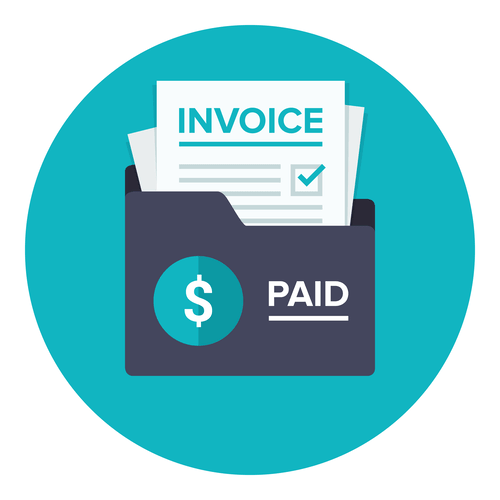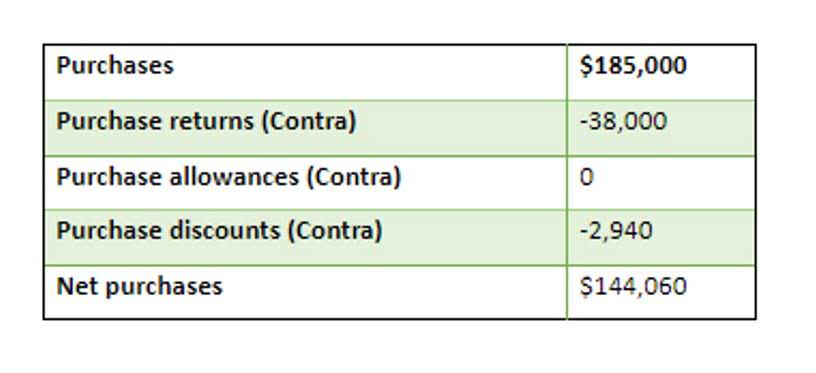
Understanding the concept of present value and how to calculate the present value present value of 1 formula of a single amount is important in real-life situations. Examples include investing, valuing financial assets, and calculating cash flow. When using this present value formula is important that your time period, interest rate, and compounding frequency are all in the same time unit.
- Present value (PV) is the current value of a future sum of money or stream of cash flows.
- Both investors and creditors use a present value calculator to evaluate potential investments and measure the return on current projects.
- It is also used to evaluate the potential profitability of capital projects or to estimate the current value of future income streams, such as a pension or other retirement benefits.
- Higher interest rates result in lower present values, as future cash flows are discounted more heavily.
- PV is suitable for evaluating single cash flows or simple investments, while NPV is more appropriate for analyzing complex projects or investments with multiple cash flows occurring at different times.
What is the Present Value Formula in Excel?

The Present Value (PV) is a measure of how much a future cash flow, or stream of cash flows, is worth as of the current date. Present value is important because it allows investors and businesses to judge whether some future outcome will be worth making the investment today. It is also important in choosing among potential investments, especially if they are expected to pay off at different times in the future. At first, the choice seems simple to Mr. A to select investment option C.

Everything You Need To Master Financial Modeling
When you start working with time value of money problems, you need to pay attention to distinguish between present value and future value problems. Similar to future value tables, present value tables are based on the mathematical formula used to determine present value. Due to the relationship between future and present values, the present value table is the inverse of the future value table. The amount you would be willing to accept depends on the interest rate or the rate of return you receive. As shown in the screenshot below, the annuity type does make the difference. With https://www.facebook.com/BooksTimeInc/ the same term, interest rate and payment amount, the present value for annuity due is higher.

Present Value vs Future Value
Treasury https://www.bookstime.com/ bonds, which are considered virtually risk-free because they are backed by the U.S. government. Present value is based on the concept that a particular sum of money today is likely to be worth more than the same amount in the future, also known as the time value of money. Conversely, a particular sum to be received in the future will not be worth as much as that same sum today.
How is present value calculated?

Also, please note that the returned present value is negative, since it represents a presumed investment, which is an outflow. In other words, if you invested $10,280 at 7% now, you would get $11,000 in a year. Our writing and editorial staff are a team of experts holding advanced financial designations and have written for most major financial media publications. Our work has been directly cited by organizations including Entrepreneur, Business Insider, Investopedia, Forbes, CNBC, and many others. For information pertaining to the registration status of 11 Financial, please contact the state securities regulators for those states in which 11 Financial maintains a registration filing.
Frequently Asked Questions (FAQs)
- PV calculations rely on accurate estimates of future cash flows, which can be difficult to predict.
- By utilizing these financial tools effectively, investors and financial managers can optimize their investment portfolios and maximize their returns on investment.
- 11 Financial may only transact business in those states in which it is registered, or qualifies for an exemption or exclusion from registration requirements.
- It is determined by discounting the future value by the estimated rate of return that the money could earn if invested.
- Conversely, a particular sum to be received in the future will not be worth as much as that same sum today.
- These examples assume ordinary annuity when all the payments are made at the end of a period.
Stocks are also often priced based on the present value of their future profits or dividend streams using discounted cash flow (DCF) analysis. The big difference between PV and NPV is that NPV takes into account the initial investment. The NPV formula for Excel uses the discount rate and a series of cash outflows and inflows. When we compute the present value of annuity formula, they are both actually the same based on the time value of money.